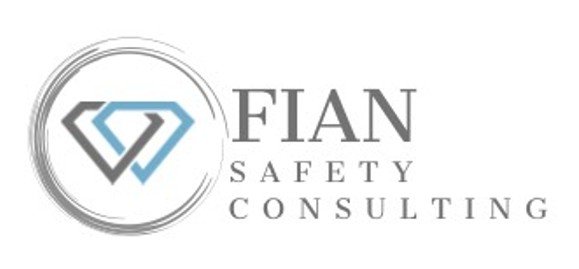From Templates to Trust: What Makes a Safety Program Actually Work
There’s a reason most off-the-shelf safety programs gather dust within a year: they weren’t made for your people.
At Fian Safety Consulting, we’ve seen it too many times—someone buys a slick policy manual, puts up a few posters, holds a one-off training, and calls it a “safety culture.” But culture isn’t a commodity. And compliance isn’t the same as protection.
📂 The Problem with Plug-and-Play
Pre-written programs might check the regulatory boxes, but they rarely reflect the day-to-day pressures your teams face. They don’t account for:
The corner that keeps getting cut because the process wasn’t built around real workflow
The PPE that fits the policy but not the person
The root causes that never get unearthed because “we’ve always done it this way”
No template can substitute for trust—and that has to be built, not bought.
🧭 What Lasting Safety Programs Share
Whether you’re in manufacturing, logistics, food service, or field work, the programs that actually reduce injuries over time share a few key qualities:
They’re adaptive: Good safety procedures evolve with your people, your equipment, and your pace.
They’re relational: Workers have a voice, not just a set of rules. Supervisors are coaches, not just enforcers.
They’re anchored: Expectations are clear, reinforced daily, and upheld through real follow-through—not just after an incident, but before one can happen.
Safety is never a finished document—it’s a living agreement between leadership and frontline teams. That takes more than a checklist. It takes presence, accountability, and time.
💡 How We Approach It
At Fian Safety Consulting, we don’t deliver “plug-and-play.” We work with you to:
Assess what’s working, what isn’t, and what’s hiding under the radar
Build policies that actually reflect how your people work
Create clear expectations and shared responsibility
Train leadership to model safety—not just mandate it
This isn’t about overcomplicating things. It’s about tailoring your program to fit the one thing most templates ignore: your people.
You don’t need another binder. You need a program your team believes in.
Ready to go beyond templates and build something that sticks? Let’s talk. Your people—and your culture—deserve more than boilerplate.
